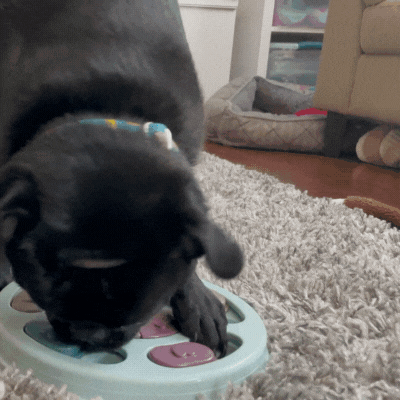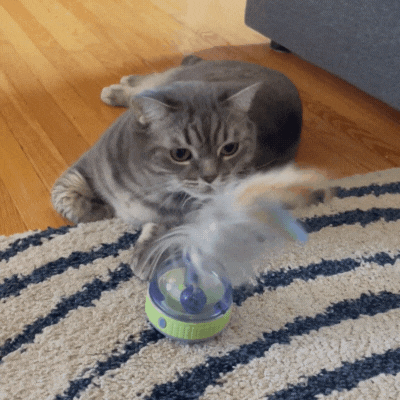
Are you worried about your pet’s wellbeing at home, while preparing for return-to-work life? The pandemic has put us in a position where we are with our pets, day in and day out.
Now that hybrid work is on the horizon, it might be difficult for your pet to transition to staying home alone. Although there are many symptoms of distress, and every pet is different, there are things you can do to help your pet handle big changes.
Keep reading to see what you can do to prepare your pet!
How to help your cat overcome separation distress
Playtime and cuddle time are important
Offer high toys, low toys, moving toys, bouncy toys, feathered toys and furry toys. Rotate the toys every week or two to keep your cat interested and prevent boredom.
Create safe spaces for your cat
Hiding places, vertical places, food places, litter places, and play places are all great options for your cat to have a place to get away and relax.
Leave and return home stealthily, like a cat
Don’t say goodbye or hello and wait until your cat stops meowing and settles down before talking to them.
Offer food in different locations or use food puzzles
Once you understand which strategies keep their attention, offer them a few minutes before you leave home.
Engage your cat’s senses to create a relaxed environment
Use synthetic pheromone diffusers or sprays, and play quiet nature music while providing a variety of scratching surfaces. Put on nature television or give them access to a high window for birdwatching.
Tips to help your dog overcome separation distress

Create a safe space
Allow for quiet time apart during the day where you detach physically. You may crate your dog, use a mat across the room, or even sit on the opposite end of the couch.
Promote your dog’s relaxation and comfort
Use a white noise machine, canine pheromones or pet-safe essential oils. Offer special treats at times of the day when you would normally leave the house.
Desensitise your dog to departure cues
Pick up your keys then go fold laundry. Put on your shoes and go to the bathroom. Over time, the cues become less predictable and less likely to trigger anxiety.
Use independence-building games
Try playing hide and seek with favourite toys placed throughout the house, or wrap a toy stuffed with a favourite treat into an old towel. This will encourage your dog to work to sniff them out. Always monitor dogs who would rather eat toys than play with them
Train your dog to stay in their own space
Make sure your dog watches you as you leave the room to set up the different toys and treats, then let them wait (as long as they can without it feeling like a punishment!). Your goal is to build a little impatience here; they will want to leave you so that they can go and find their rewards.
In Summary
In an ideal world, your pet won’t even realize that you’ve left until you’re back and greeting them at the door. Although, to arrive at that stage it’s important to be consistent at home until your pet is comfortable and confident.
If your pet does show more signs of stress than usual, please consult your veterinarian, as Petsecure can help with the cost of behavioural treatment, medications, and exams.
Learn what’s covered by Petsecure and get a free quote today.

